Squirrels are known for damaging residential gardens since they provide easy access to low-hanging food such as seedlings, fruits, berries, flowers, vegetables, leaves, and tree buds. If you have noticed half-eaten crops, chewed produce on the ground, or small, shallow holes in your garden soil, then you may have a squirrel infestation on your hands. Fortunately, there are simple methods to help keep squirrels from ravaging your garden and professional services that you can enlist to keep your squirrel problem from getting out of control.
Ways to Keep Squirrels Out of Your Garden
The following methods can prevent squirrels from ruining your gardens or lurking around your property.
-
Hide Their Food
Keep an eye out for nuts, acorns, and berries that fall to the ground. You can gather these foods and relocate them to the corner of your yard to keep them away from the actual garden. Try to keep the lid closed on your trash can to hinder any rummaging that can occur as well.
-
Use Your Pets
Dogs love chasing squirrels that come near your home, so let your pet act as your own personal squirrel patrol to keep the nuisance critters at bay.
-
Repel With Scents
Squirrels and deer are offended by similar scents, so using deer repellents helps deter them away. Coffee grounds and dog hair can also act as repellents if your put these around or under your plants. Planting mint, marigolds, nasturtiums, or mustard around your more desired crops can also drive squirrels away due to their strong smells.
-
Startle Them
Use motion-activated technology to spray water or air at squirrels. This tactic will scare away any unwanted garden intruder.
-
Build a Fence
Protect your crops by reinforcing your garden with a deep wire fence or enclose it in a greenhouse.
-
Designate Food for Them
You can make squirrels their own feeding ground and place it a good distance away from your garden. This way they can still eat, but not ruin your garden in the process. You can also use a squirrel feeder to distribute sunflower seeds, peanuts, corn and water so they stay hydrated. However, this tactic may attract more squirrels to your property as a consequence, so it may be a risky thing to do.
If the above methods fail to keep squirrels out of your garden, then try relying on wildlife control professionals who are equipped in the humane and efficient removal of unwelcome squirrels.
Professional Squirrel Removal With Critter Control® of Dallas
Although squirrels do not pose a direct threats to humans, their presence on your Dallas property can be a destructive annoyance if left unresolved. If you have squirrels digging around, chewing up, and messing with the hard work that you put into your garden, we recommend contacting the professionals at Critter Control® of Dallas to permanently resolve your issue.
At Critter Control® of Dallas we pride ourselves in using eco-friendly and humane methods to remove unwanted nuisance critters from your home or workplace. If you are dealing with a squirrel infestation, give us a call today at 817-222-1101 to schedule an inspection and receive a free estimate for our squirrel removal and rodent-prevention services.




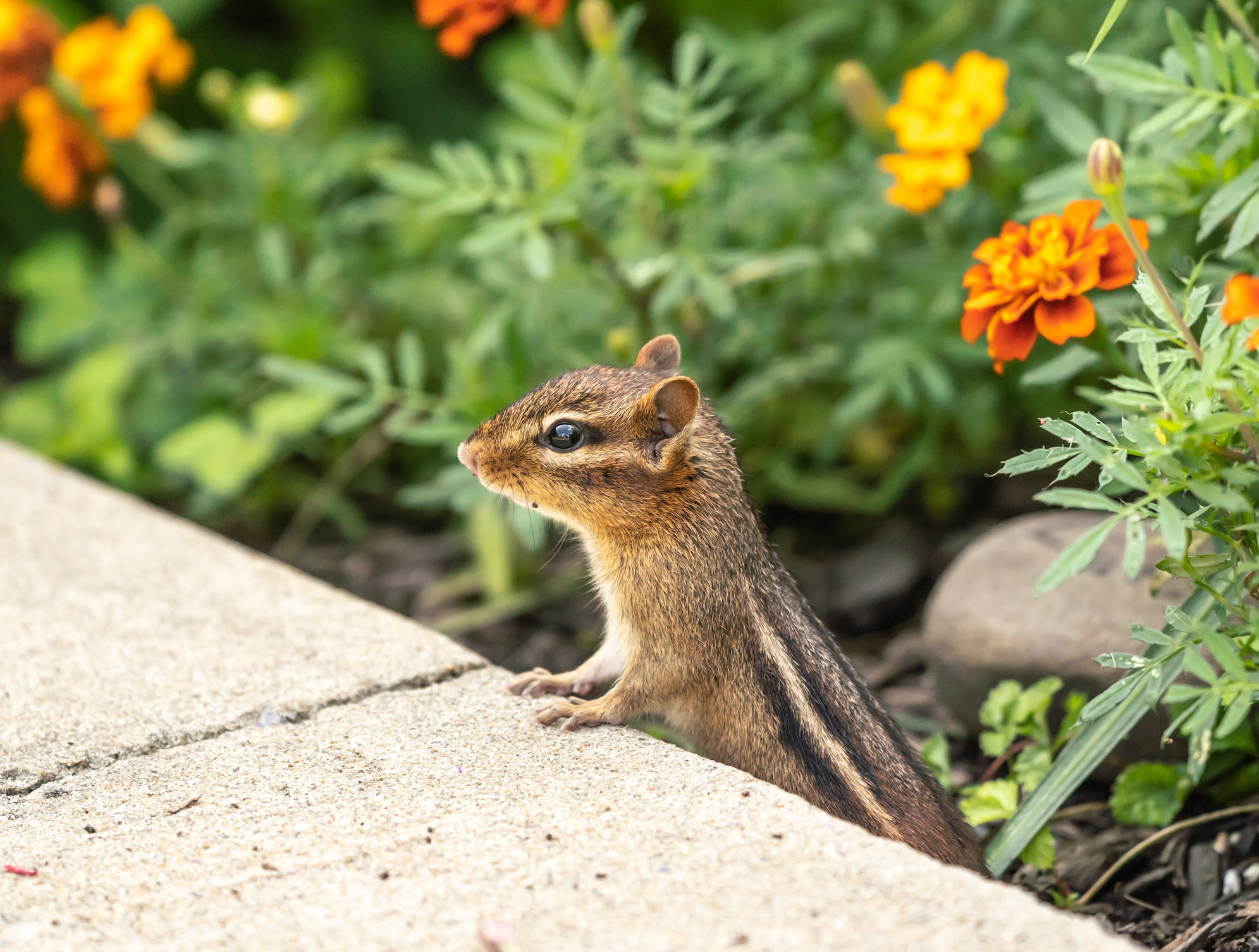

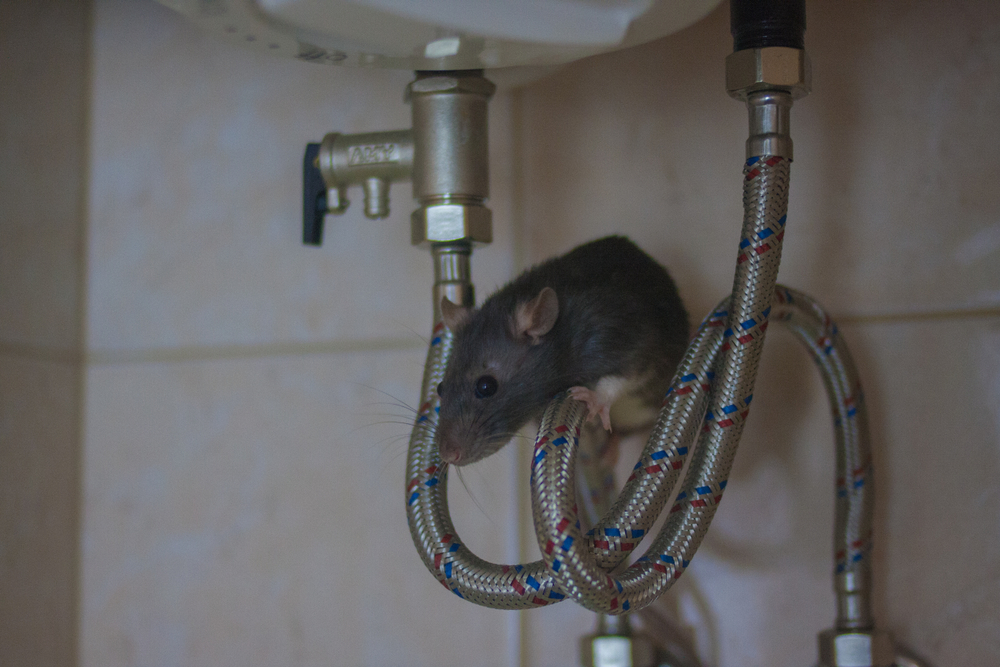
 When you hear strange noises in your Dallas home, your first thought might not be
When you hear strange noises in your Dallas home, your first thought might not be 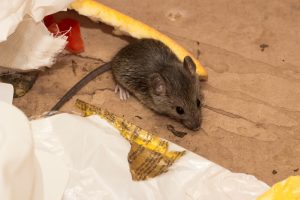 When the sun goes down in Dallas, rodents often make their way into homes in search of food and shelter. Unfortunately, rodent infestations can go unnoticed for some time, allowing them to breed, spread, and cause serious risks if they are allowed to fester for too long. Here are three ways rodents can harm your home and your family if they make their way into your residence.
When the sun goes down in Dallas, rodents often make their way into homes in search of food and shelter. Unfortunately, rodent infestations can go unnoticed for some time, allowing them to breed, spread, and cause serious risks if they are allowed to fester for too long. Here are three ways rodents can harm your home and your family if they make their way into your residence. If you’ve recently found chewed up wires, unexplained animal droppings, or tiny tracks scattered throughout your home or business, there’s a high likelihood that you have a
If you’ve recently found chewed up wires, unexplained animal droppings, or tiny tracks scattered throughout your home or business, there’s a high likelihood that you have a 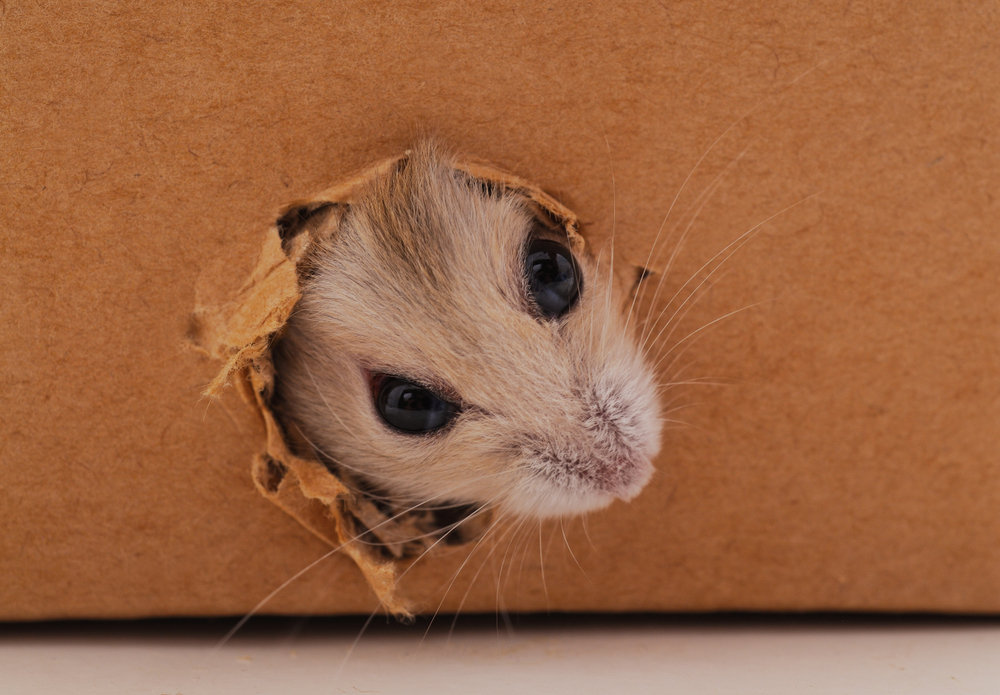
 Living in a brick home definitely has its benefits. Brick houses are great for retaining heat during winter, guarding your home against harsh storms, and resisting damage from fire. While their structure is stronger and sturdier than most others, brick houses aren’t impenetrable. In fact, if wild animals come across even one hole, gap, or crack around your property, they’ll do whatever it takes to find a way inside.
Living in a brick home definitely has its benefits. Brick houses are great for retaining heat during winter, guarding your home against harsh storms, and resisting damage from fire. While their structure is stronger and sturdier than most others, brick houses aren’t impenetrable. In fact, if wild animals come across even one hole, gap, or crack around your property, they’ll do whatever it takes to find a way inside. 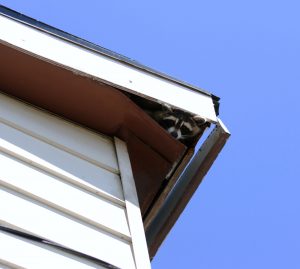 No matter how determined you are to keep up with your New Year’s resolutions, it’s nearly impossible to when you start the year with a wildlife issue. To successfully tackle the rest of your 2020 plans, clear any distractions that could affect your health, drain your funds, or get in the way of your goals. When you’re ready to take control of your
No matter how determined you are to keep up with your New Year’s resolutions, it’s nearly impossible to when you start the year with a wildlife issue. To successfully tackle the rest of your 2020 plans, clear any distractions that could affect your health, drain your funds, or get in the way of your goals. When you’re ready to take control of your  Thanks to its hilly landscape and diverse terrain, Dallas is the ideal home for beautiful and exotic animals. Unfortunately, there are also
Thanks to its hilly landscape and diverse terrain, Dallas is the ideal home for beautiful and exotic animals. Unfortunately, there are also 